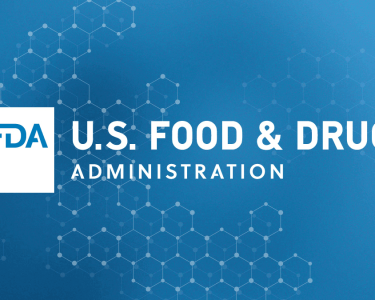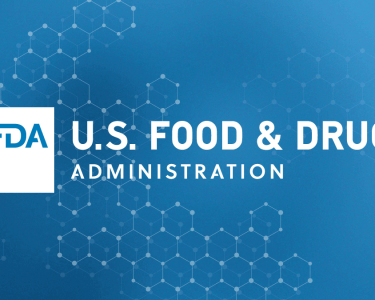
By purchasing “DIY” kits containing ban-evading tail-less SCRAs (such as MDMB-ICA and MDMB-INACA) with weak cannabinoid activity, users are able to generate scheduled, well-known substances with high potency and efficacy and potentially high toxicity at home.
ABSTRACT
The enactment of the generic ban on synthetic cannabinoid receptor agonists (SCRAs) in China (2021) added a new flavor to the already diverse and complex SCRA market. Although a large portion of SCRAs is covered by this legislation, a novel strategy to bypass the ban has emerged. So-called “DIY” (do-it-yourself) kits and semi-finished SCRAs are now being offered online, allowing users or intermediate suppliers to purchase ban-evading precursors, with the aim that buyers finish the synthesis. Using in vitro β-arrestin2 recruitment bioassays, we assessed the CB1 and CB2 receptor activation potential of three methyl-3,3-dimethyl-butanoate SCRA precursors (MDMB-ICA, MDMB-INACA, and MDMB-5’Me-INACA), along with some of their potential finished end products, including typical, well-known but scheduled SCRAs (e.g., 5F-MDMB-PINACA and 5F-MDMB-PICA), as well as some more recent substances (MDMB-BUTICA). Whereas tail-less precursors were weakly active at CB1 (EC50 values of 2.34 μM and higher), “finished” SCRAs ((4F-)MDMB-BUTI (NA)CA and (5F-)MDMB-PI (NA)CA) strongly activated CB1 (EC50 1.01–35 nM and Emax 366%–488% [relative to JWH-018]). This emphasizes that this “DIY” synthesis phenomenon poses a serious threat to public health, as it is a new indirect way of “legally” providing users with very potent (known) compounds. Importantly, the “DIY” strategy currently ensures the continued presence of scheduled substances on the market, as exemplified by forensic cases from the United States. While precursors can often not be detected because of a concentration below the limit of detection, it is hypothesized that the presence of SCRAs in at least some of these cases stems from this ban-evading strategy.


